Podcast: Play in new window | Download
Is there ever a good reason to fire an A&P?
I think so… and in today’s episode, we’ll talk about some evidence for one of those times. Scroll down for the appalling pictures I took recently!
But before that, I want to share some inspiring information related to the amazing Stinson family of airplanes. And… if you are as involved in your airplane’s maintenance as Bret Chilcott and Randy Phillips, the chances are slim to none that you’ll ever find yourself in a situation where you need to fire your A&P. You’ll be so involved in the process, that you naturally work with an A&P and IA who are competent, skilled, and very professional.
Here’s a video from Bret Chilcott. He sent this to me a good while back when he was changing a cylinder on his Stinson 108 airplane… I love the color of his airplane! Thanks for the video Bret! You’re one of my airplane owner heroes!
And for you Stinson owners, (and perhaps others as well, because the Stinson guys are so inspiring,) here’s a link to the Stinson Tech Channel on YouTube, which is managed by Randy Phillips, another great guy. Listen to today’s episode to hear an audio clip from Randy.
https://www.youtube.com/channel/UCrQVOk7qUlVTTXH8hJpdQjg
Randy mentioned something I have not thought much about… the “Owner assisted engine overhaul.” What a fascinating idea! I’m interested in learning more about that one… thanks Randy!
One more really helpful contact for Stinson airplanes and for Franklin engines, is Jack Stewart. Jack is the A&P / IA who Randy Phillips worked with to overhaul his airplane engine awhile back. He’s very knowledgeable and here’s a link for a YouTube video of a Franklin engine seminar by Jack:
Now for a totally different topic.
I discovered something awhile ago on a Cessna airplane that was absolutely appalling to me, and I thought I’d share some pictures and some thoughts that came to my mind about “When to fire an A&P.”
It’s rare that I see something this appalling on an airplane, but I thought this one was so bad, I’d talk about it in today’s episode and share some pictures. It was also a good opportunity for me to use my borescope, since I had to take most of these pictures under the floor of this airplane.
Here is a sampling of what I found on a seat track installation in a Cessna airplane… I could hardly believe it!








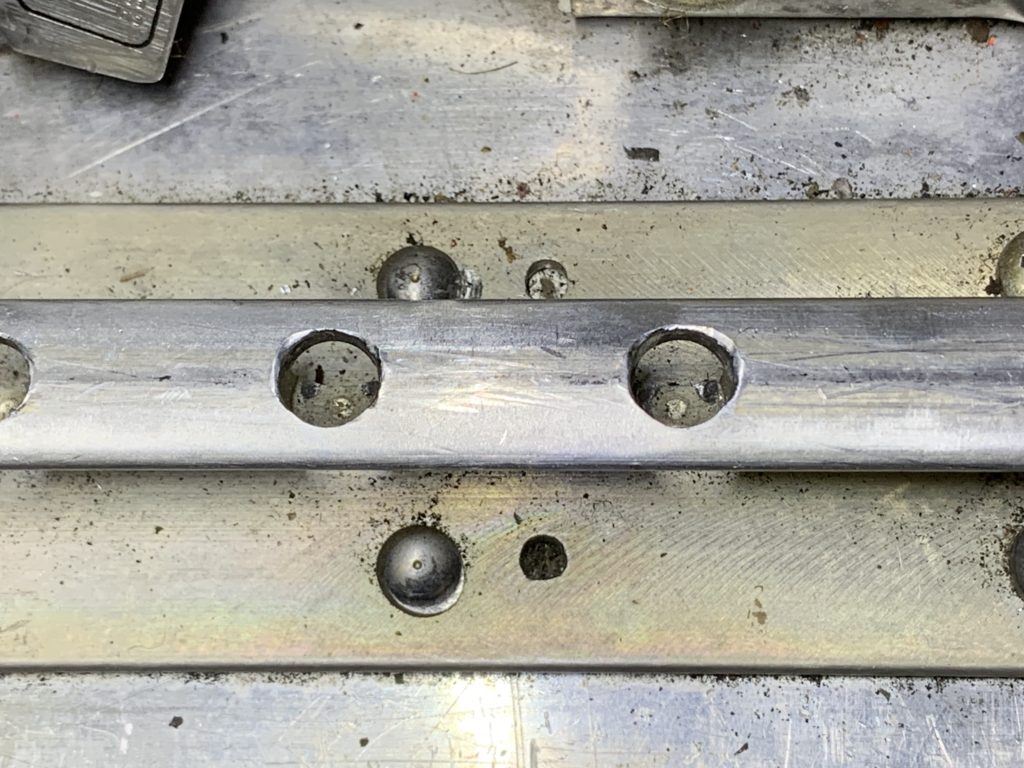

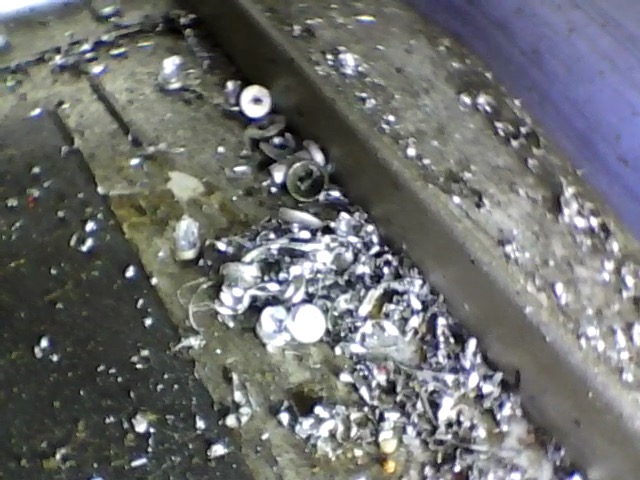
So… what about all this?
If I found any one of these situations in the previous pictures on an airplane, and it was an isolated issue by itself, I’d probably just fix it and go on without thinking too much about it. But to have so many issues on the same installation… that’s just incompetent at best, and even might be considered beyond negligent.
Perhaps, this is one time when it would be appropriate to “Fire an A&P.” I certainly would not want this person anywhere near my airplane engine, or any other critical part of the airplane. This, to me, is totally unacceptable, and it got me thinking about when it might be appropriate to “Fire an A&P.” And I thought of several times. Here they are:
- If they are deceptive, and you can’t trust them.
- If interactions with them are continually frustrating.
- If there is continuous lack of communication.
- And… if they do something like the butchered seat track installation in these pictures.
Thankfully, A&P’s are usually skilled, dependable, and conscientious. But for some rare occasions, there might be a time to “Fire an A&P.”
My challenge for all of us: Be the best you can be, in the situation you’re in!
And for all A&P’s and IA’s who are doing excellent work: Well done my friends! You have a very important job and people are counting on you. Keep up the good work!

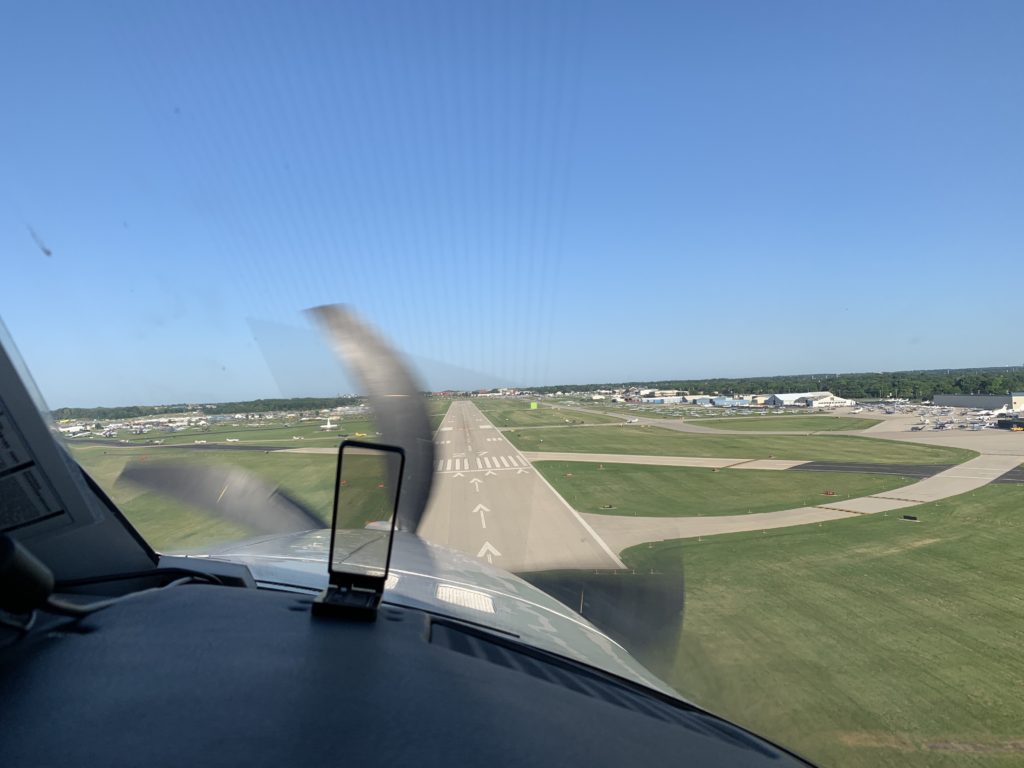
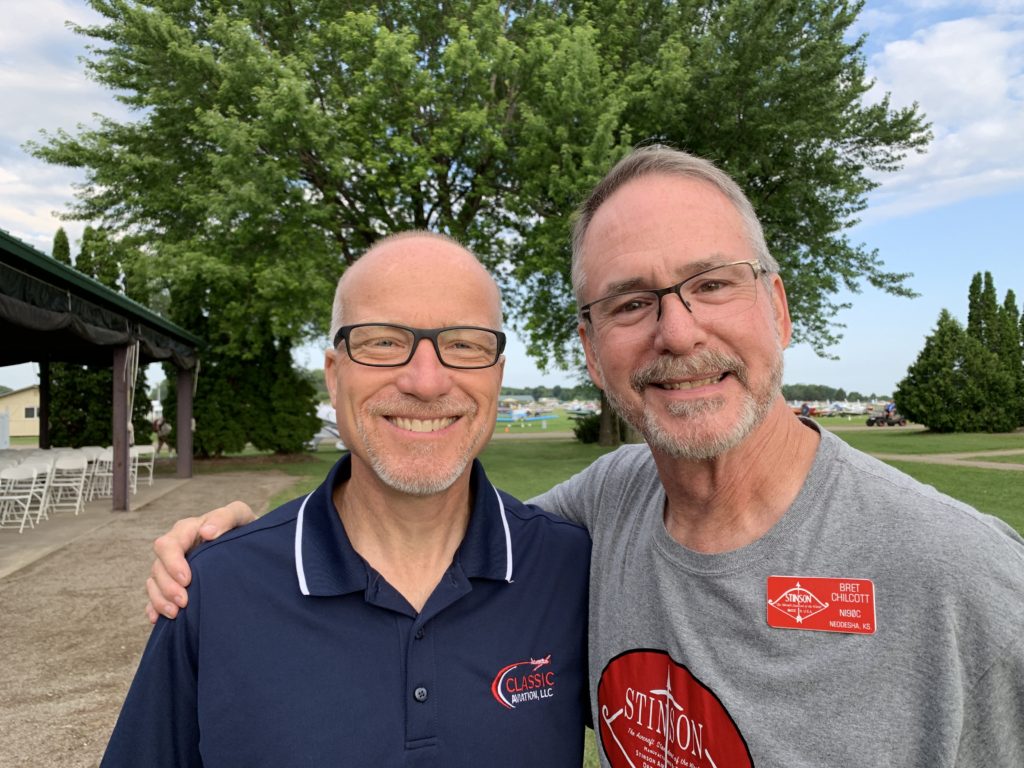
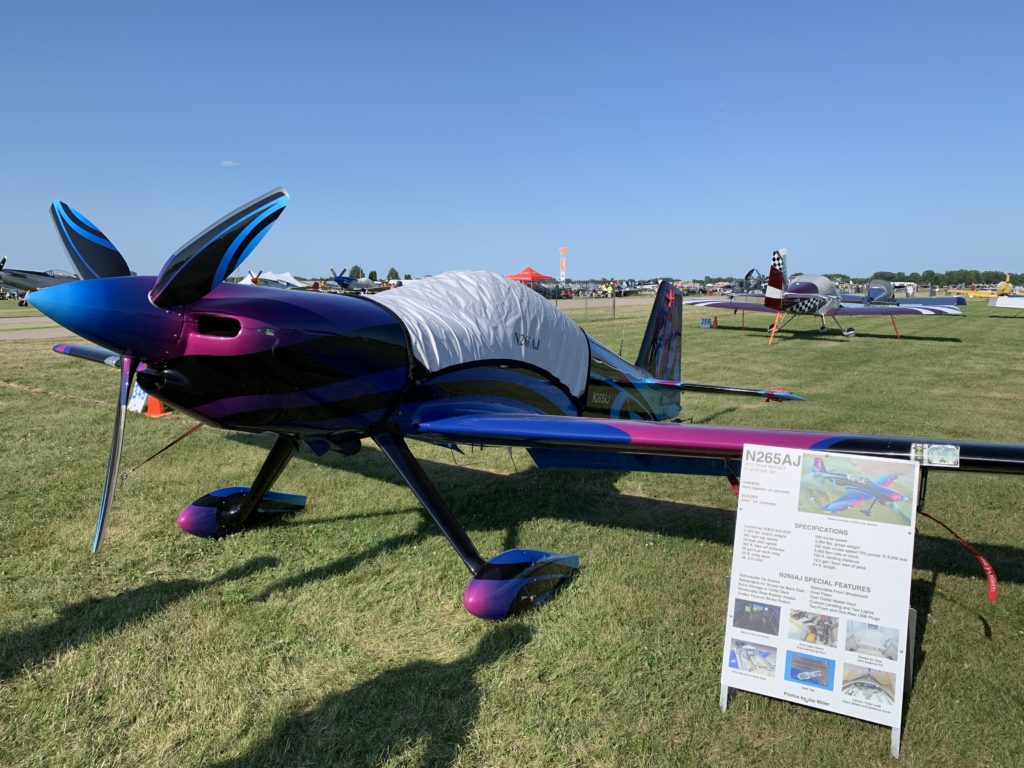
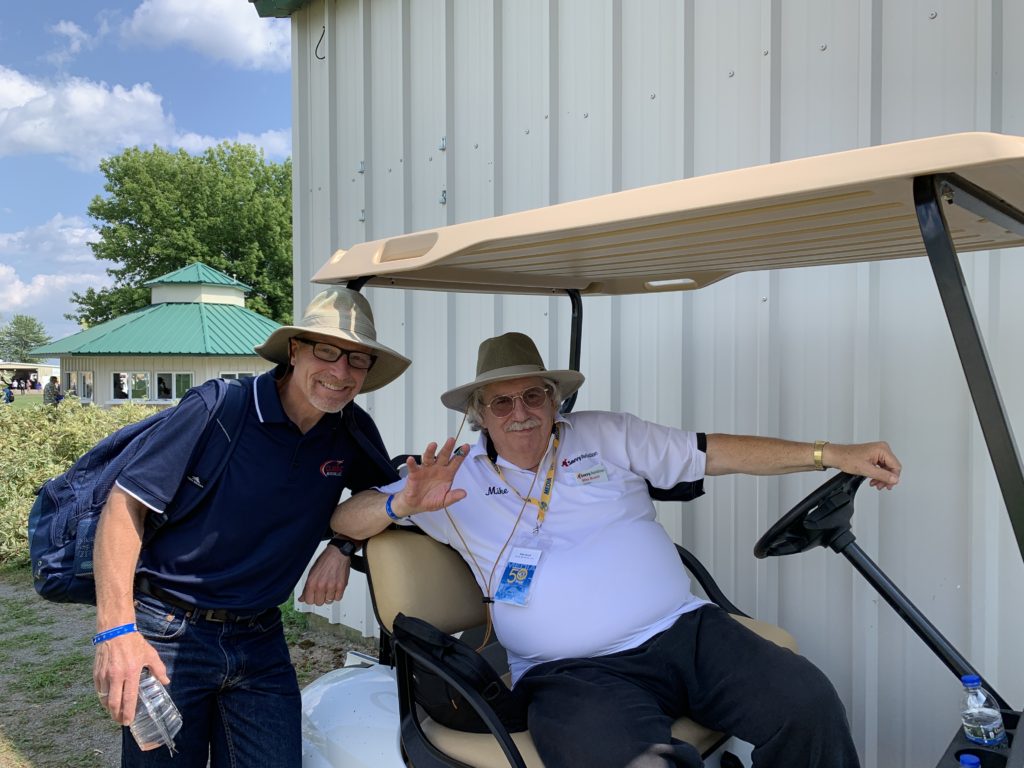



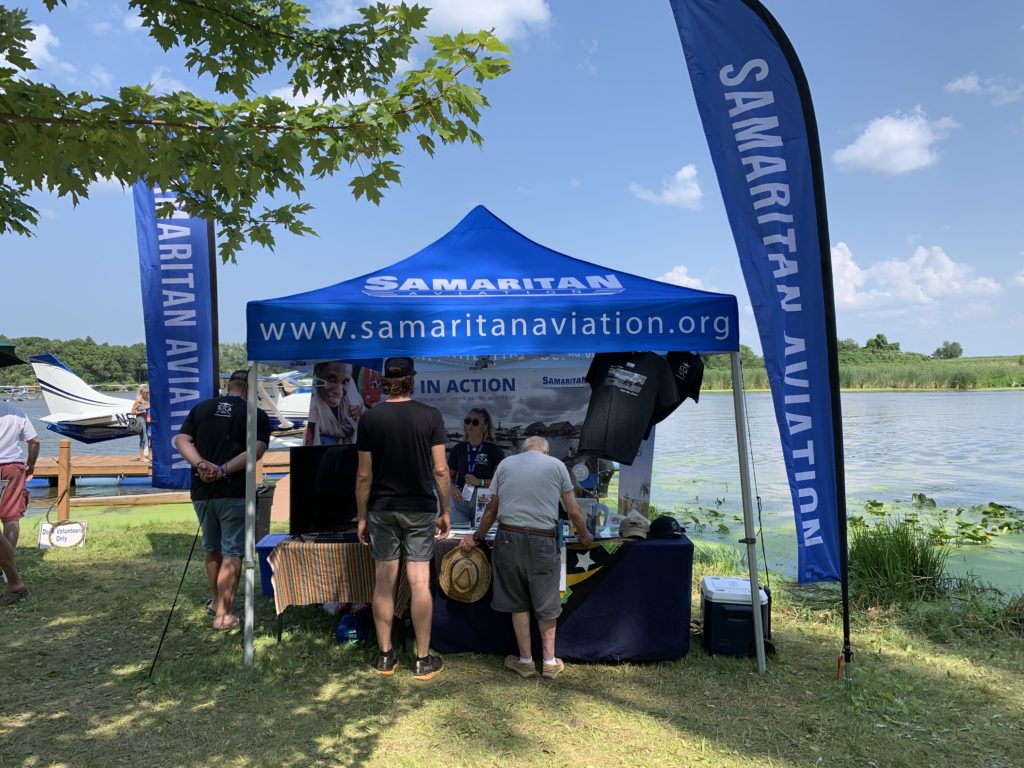

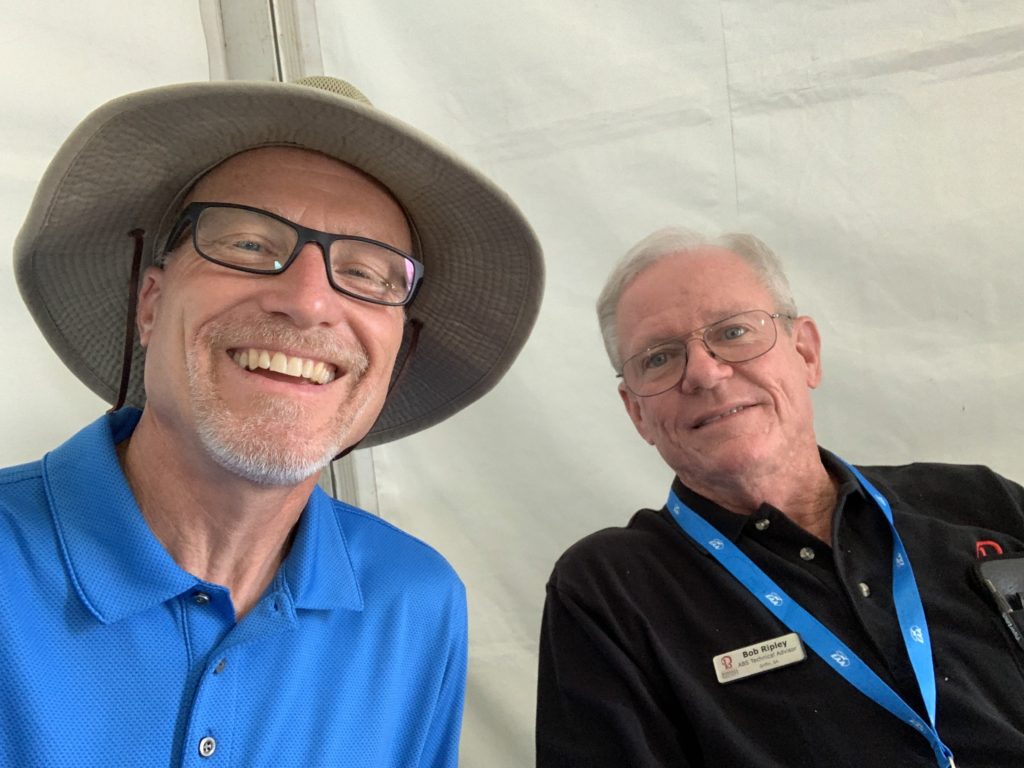
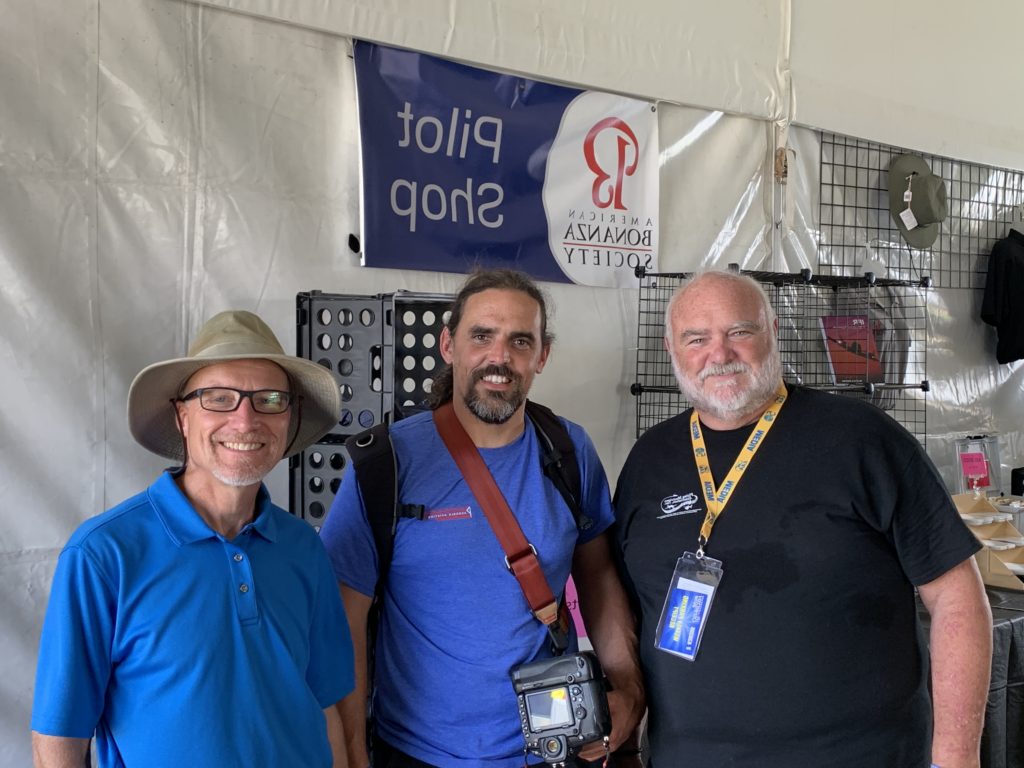
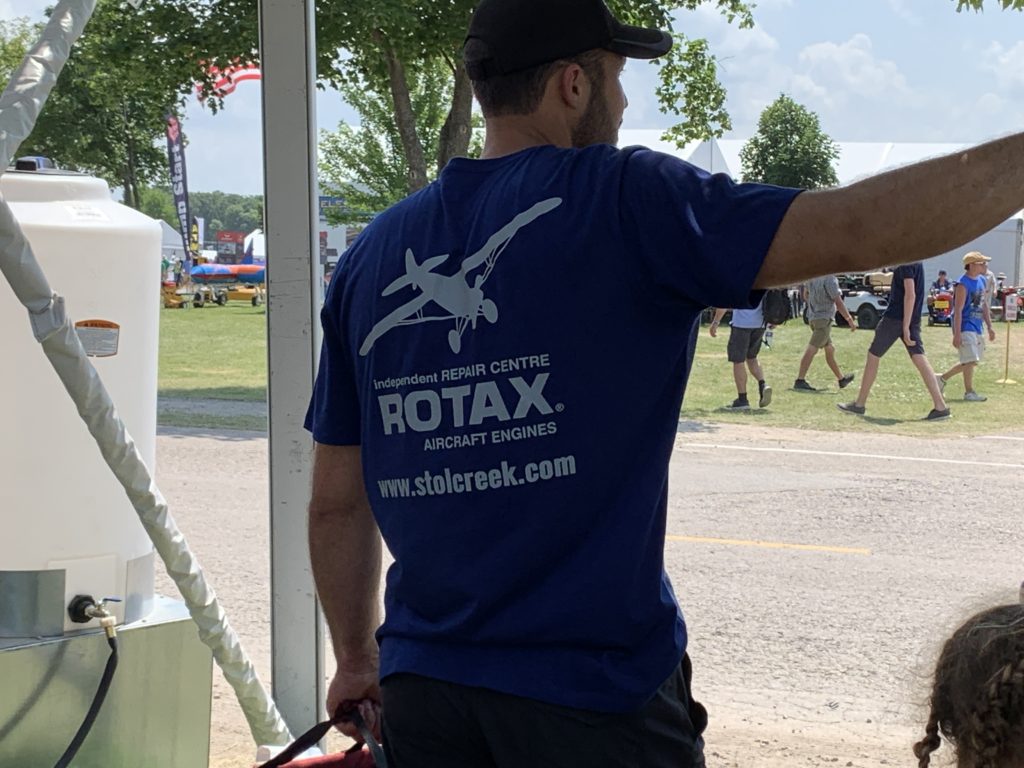


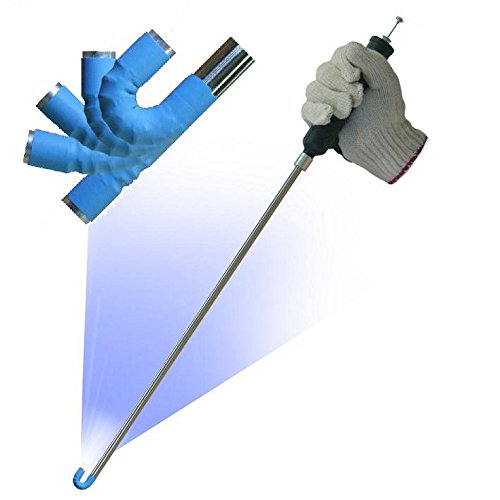
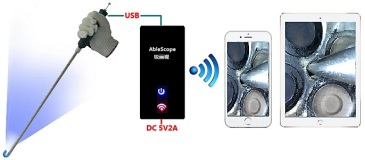
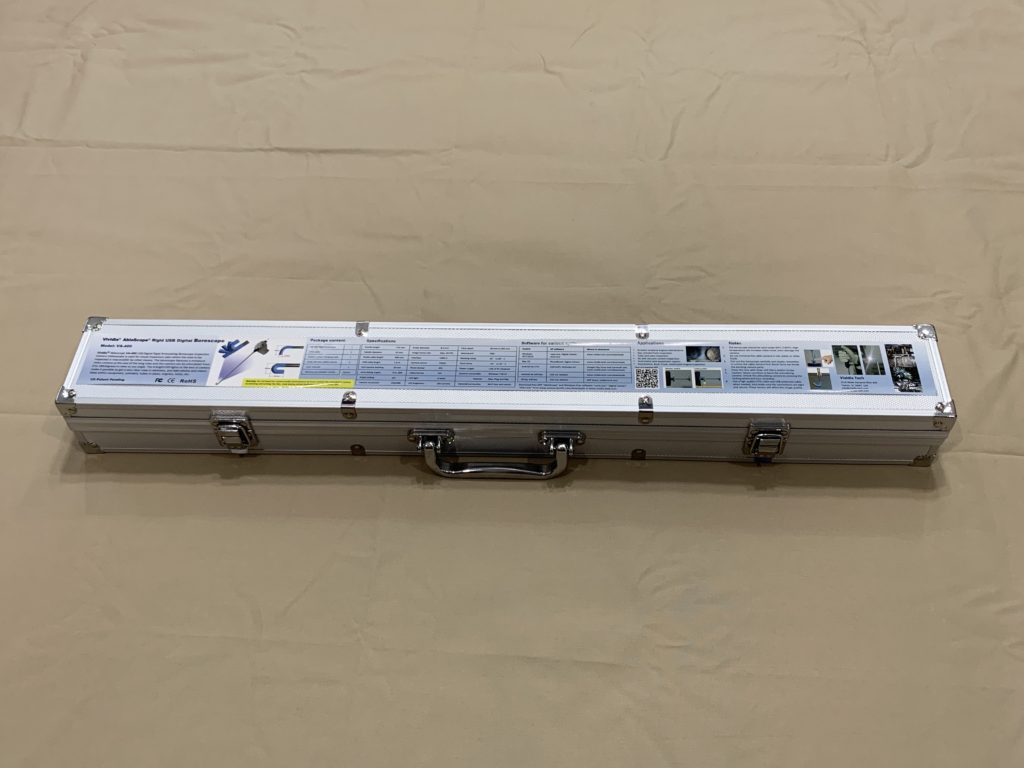
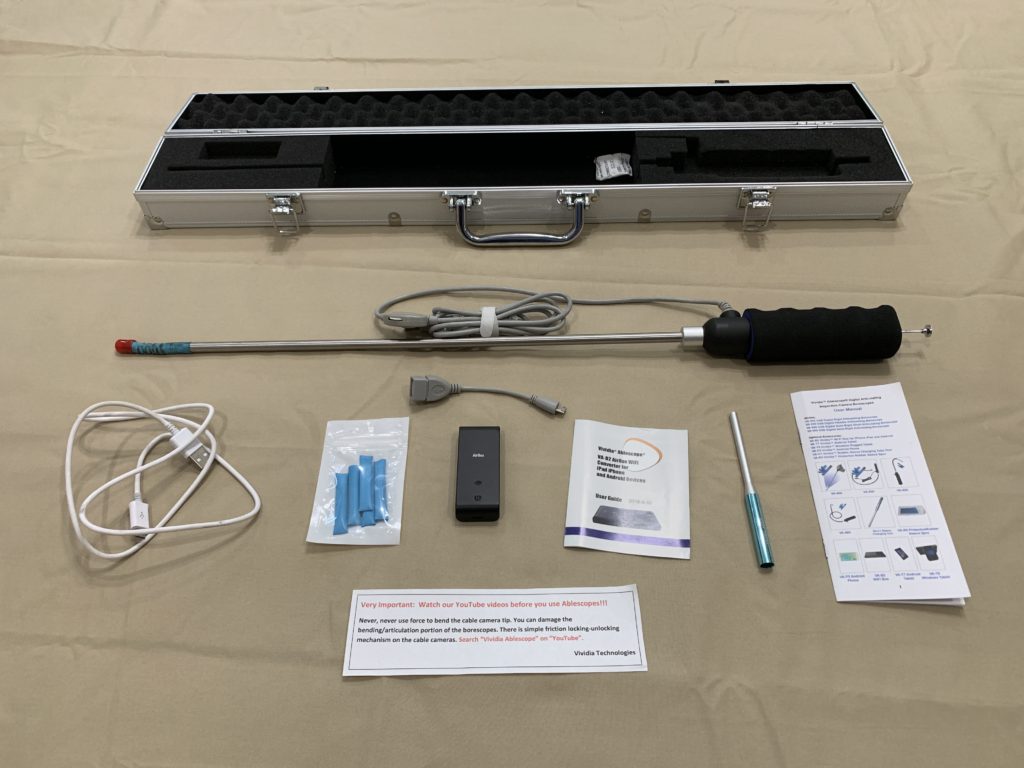
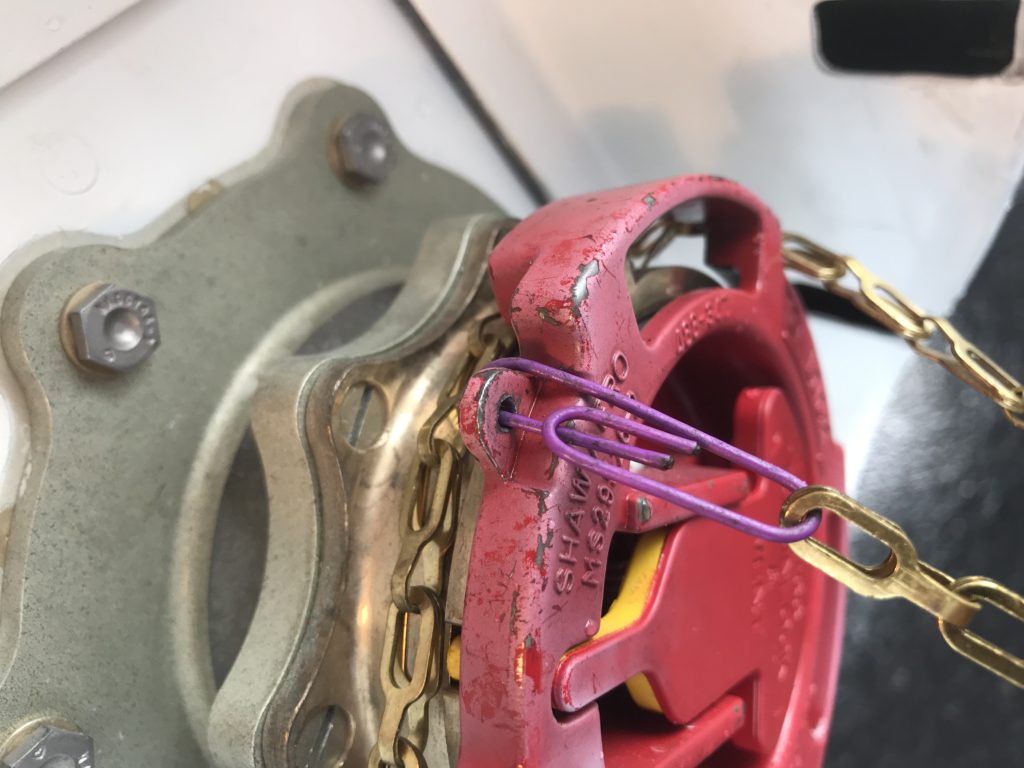
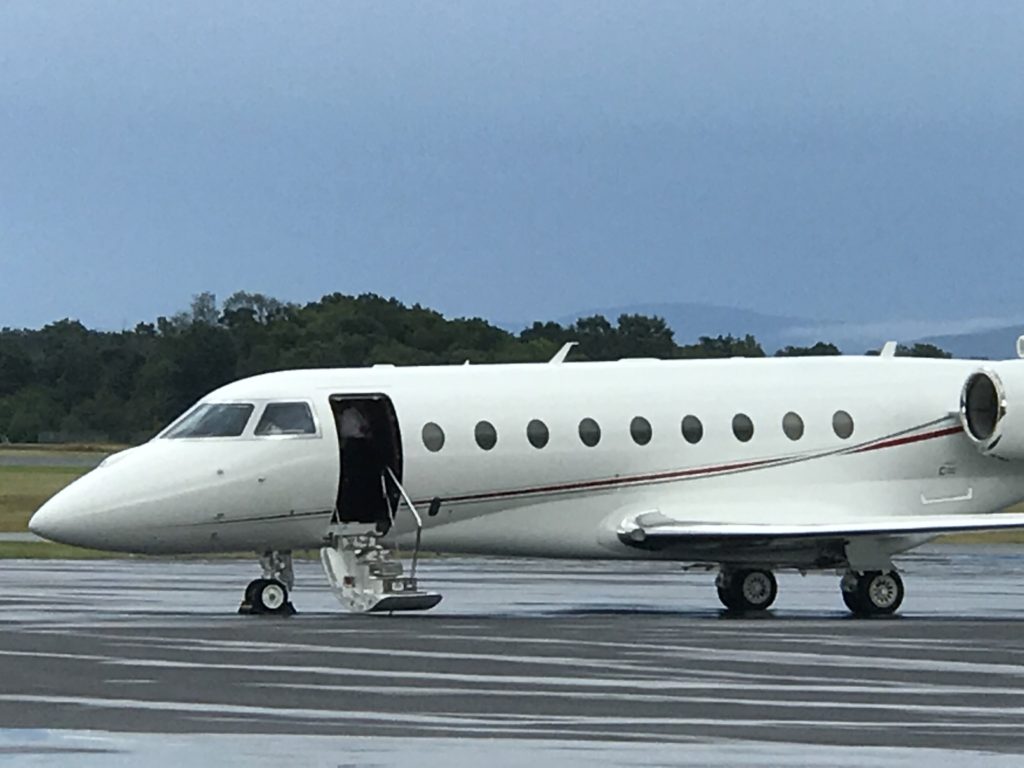
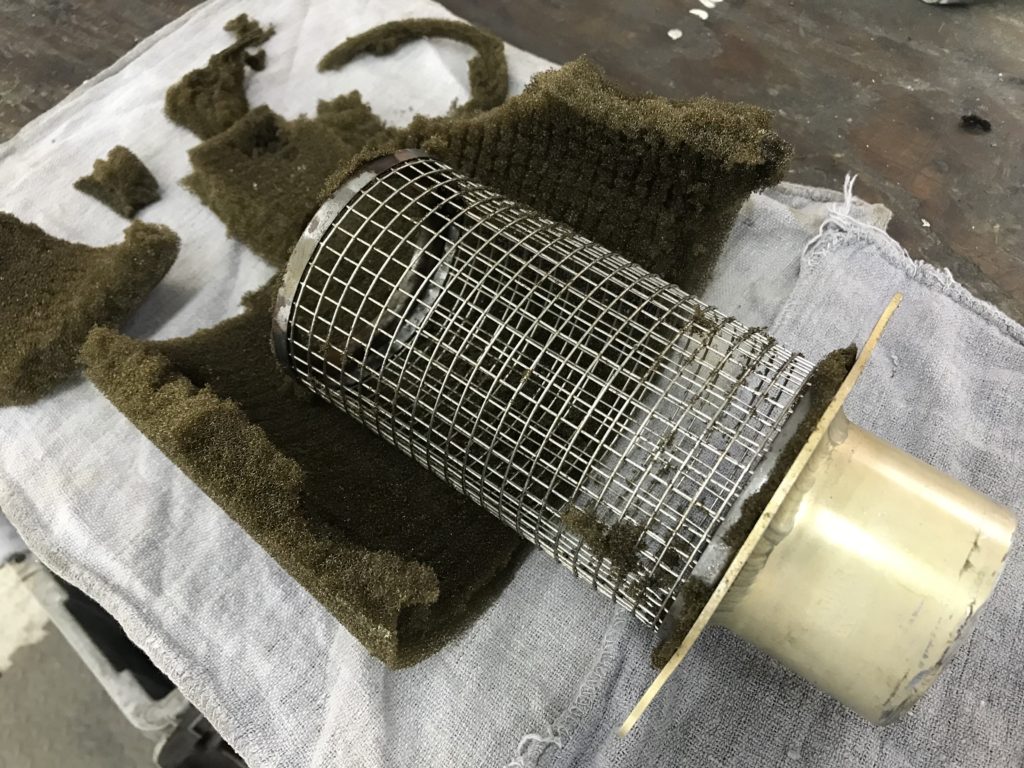
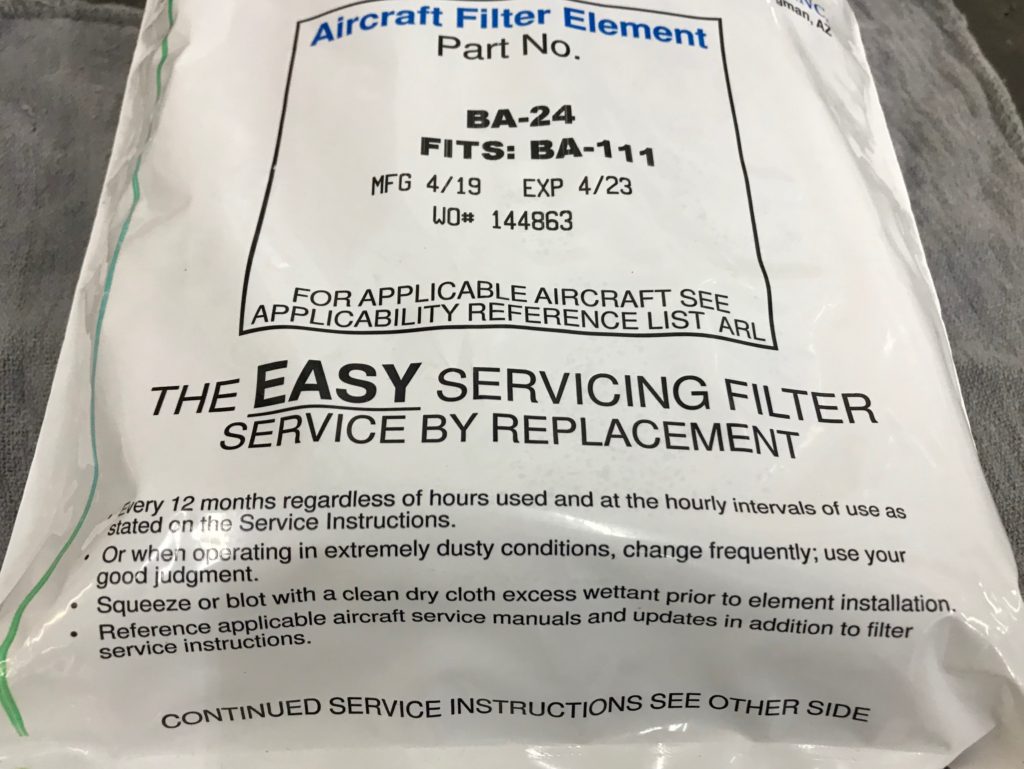
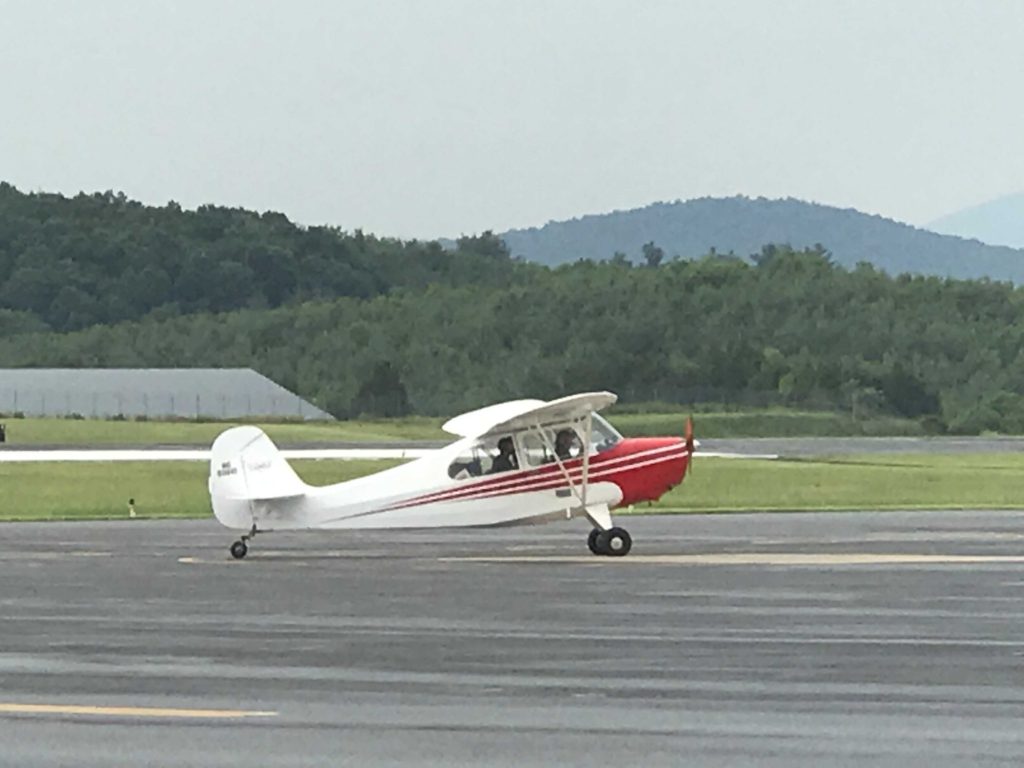
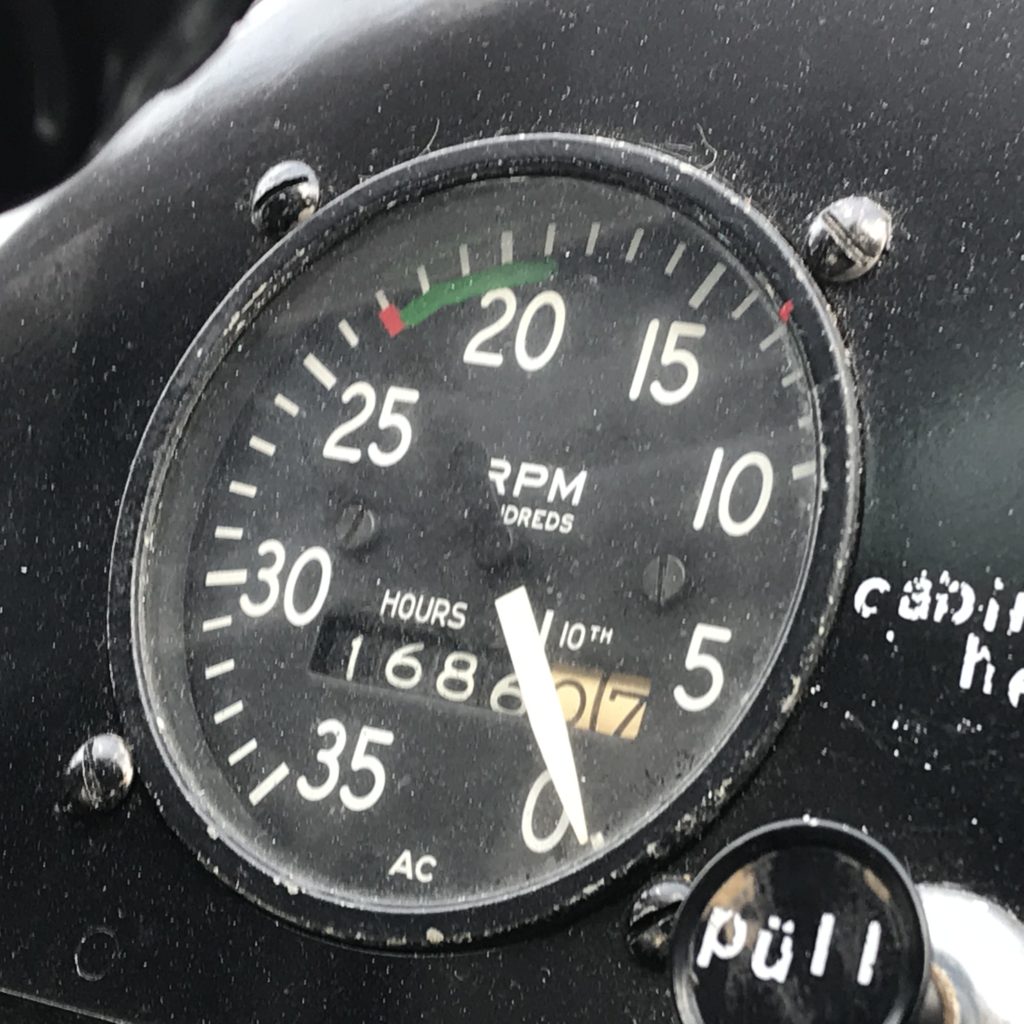

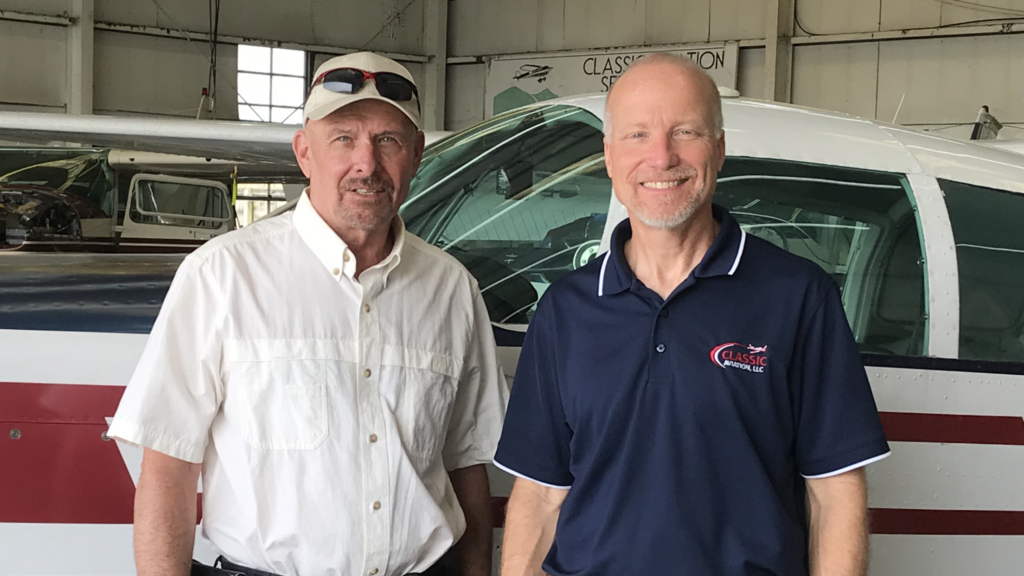


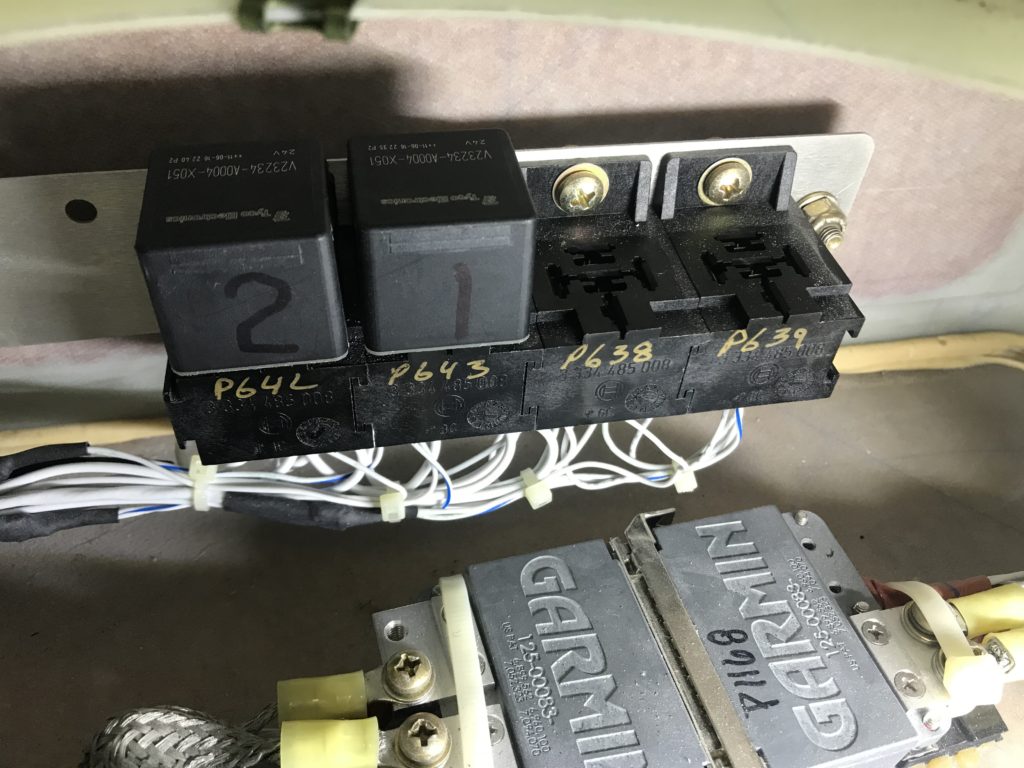
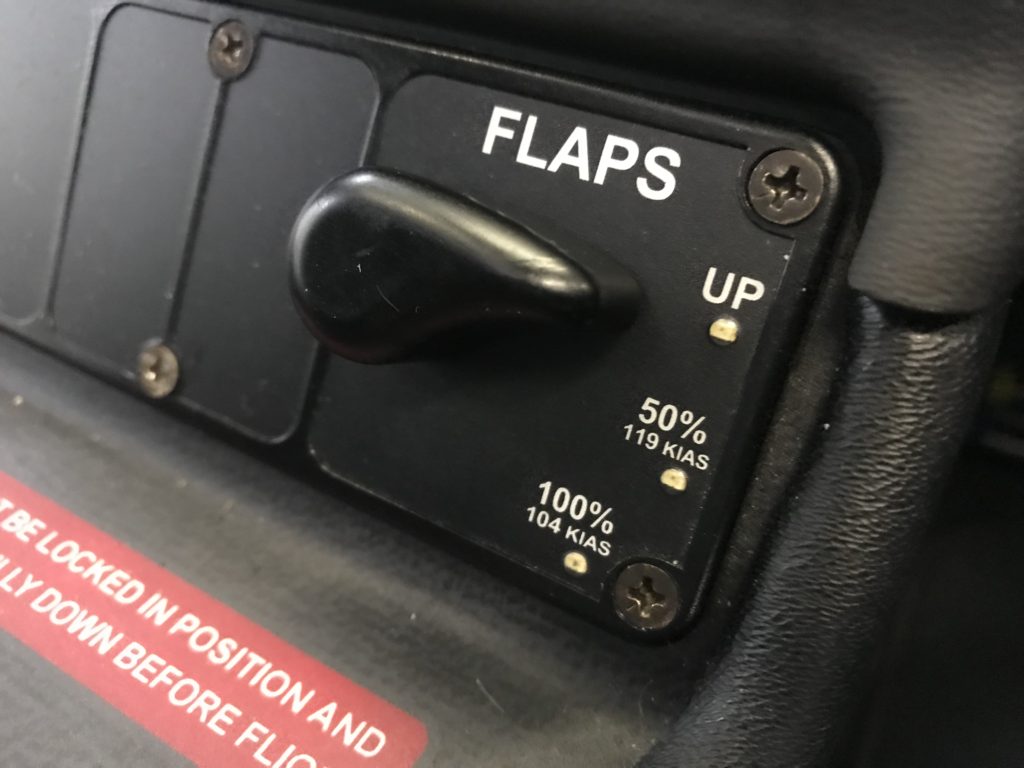
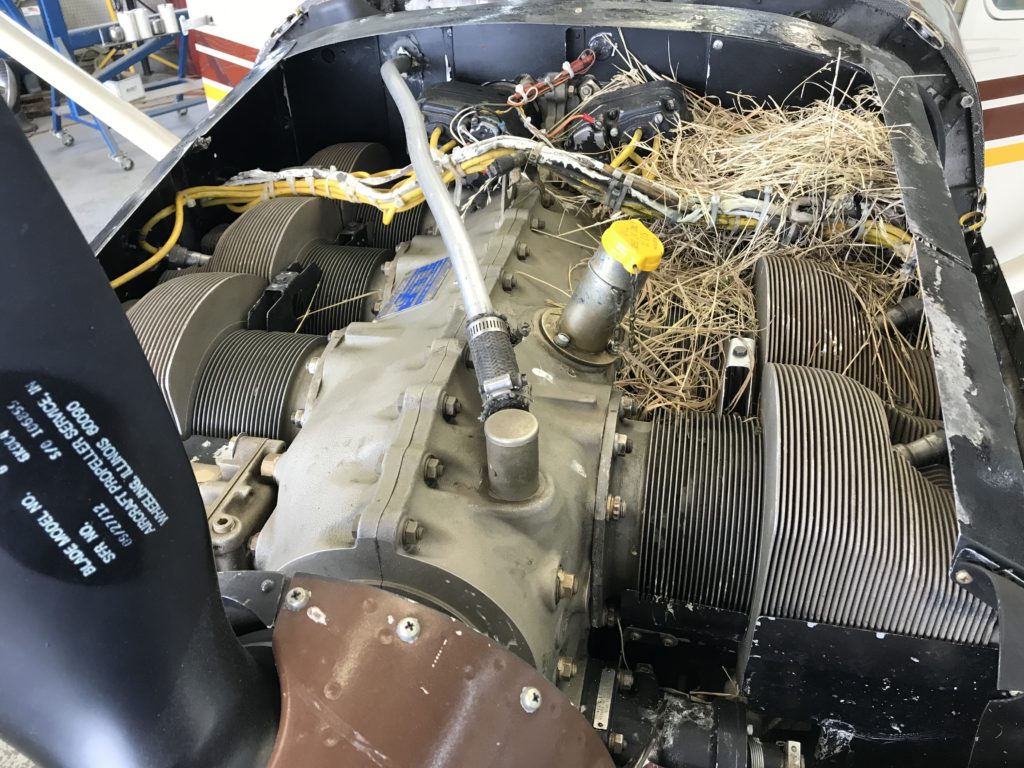

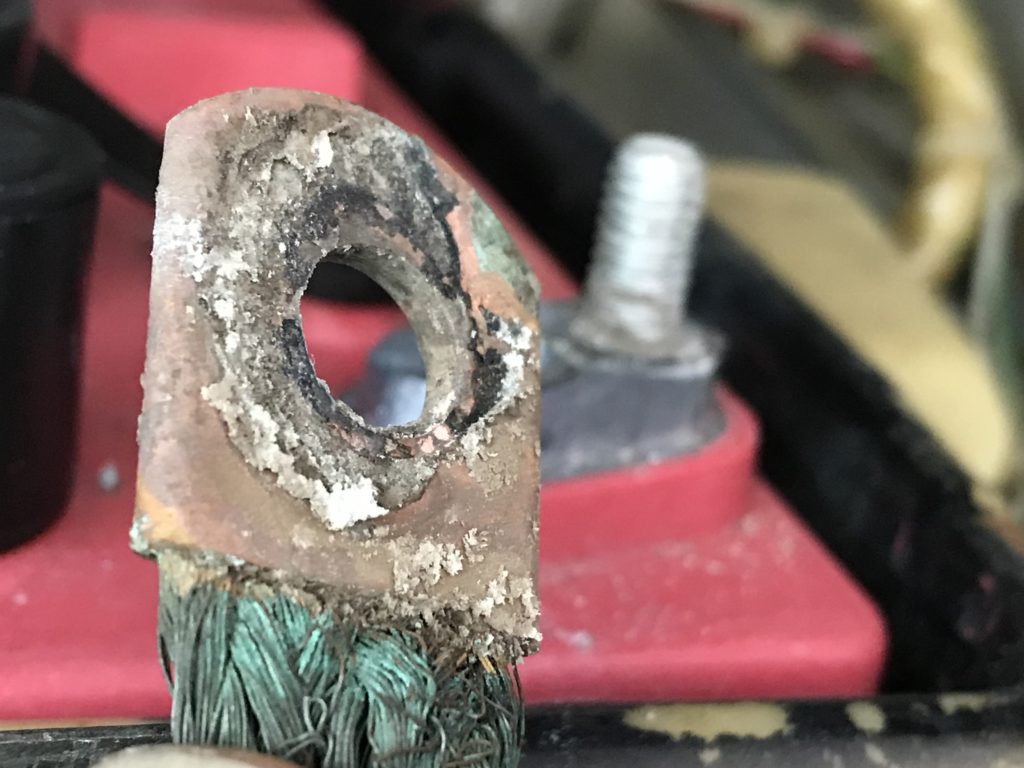
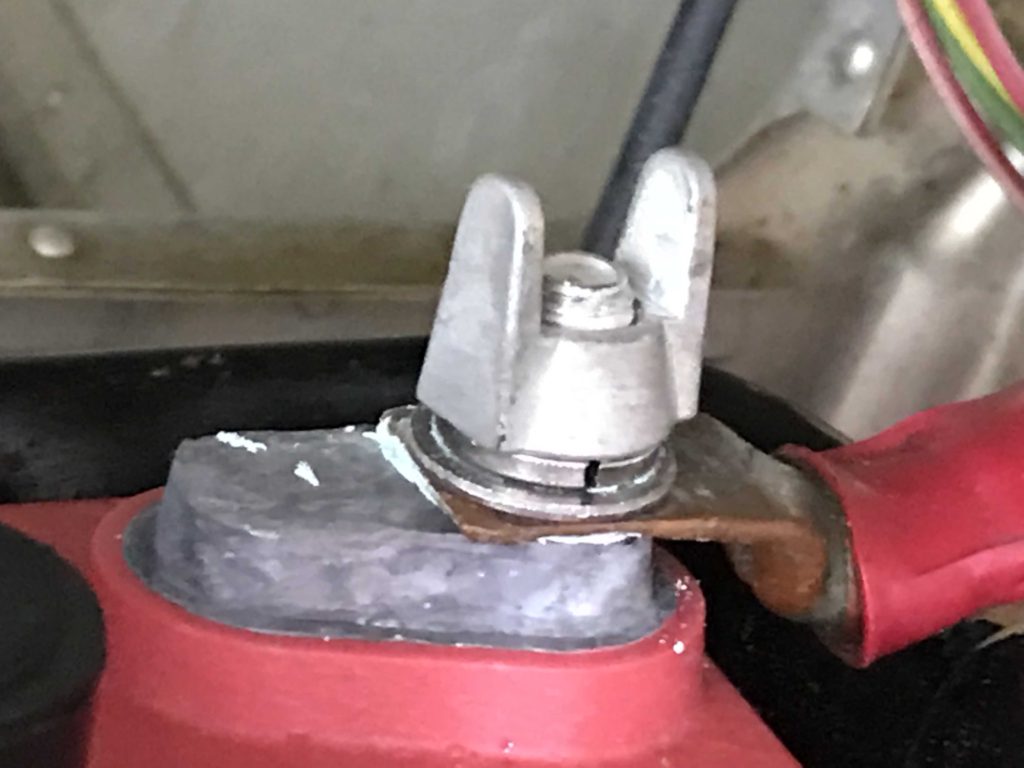
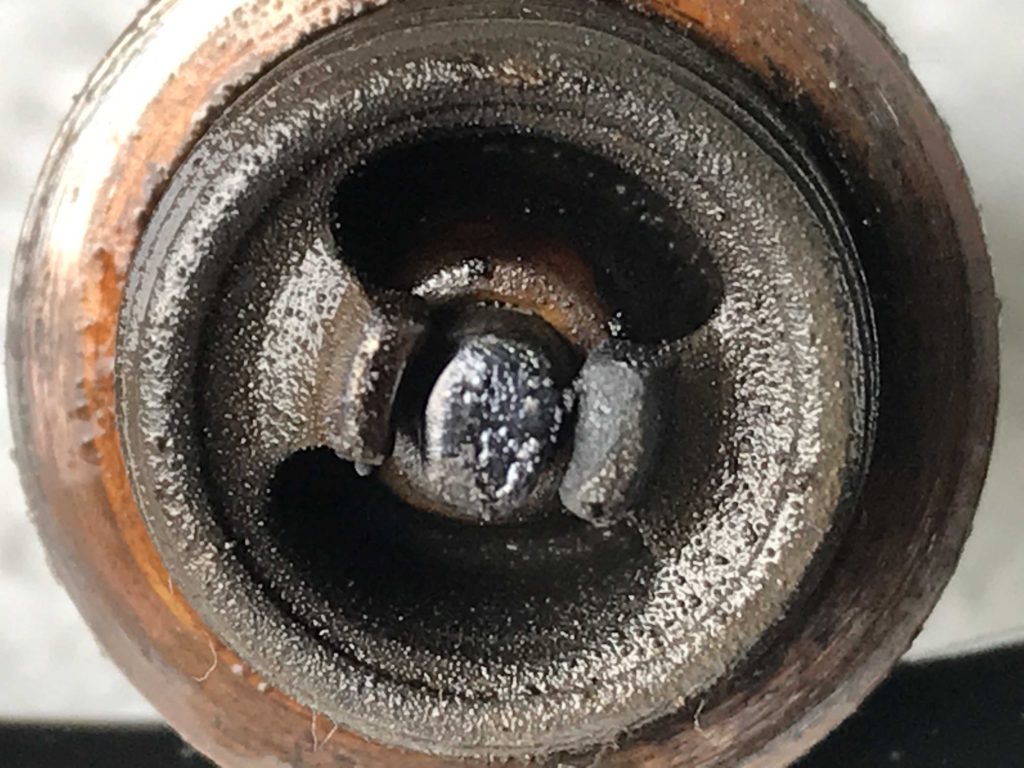
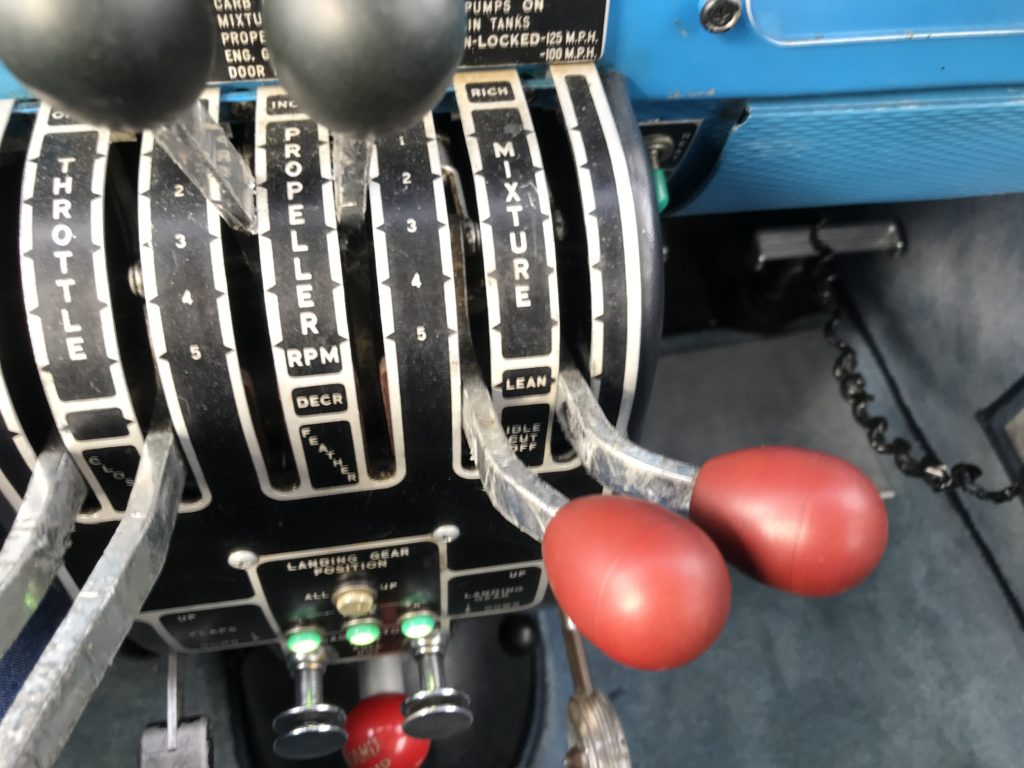




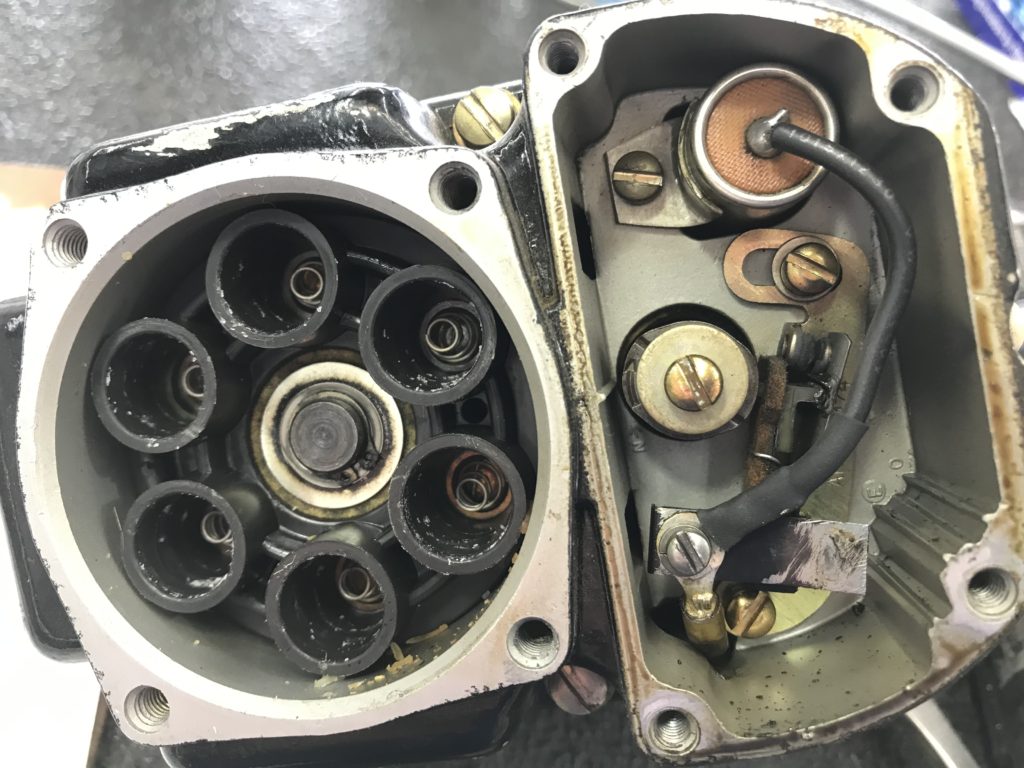

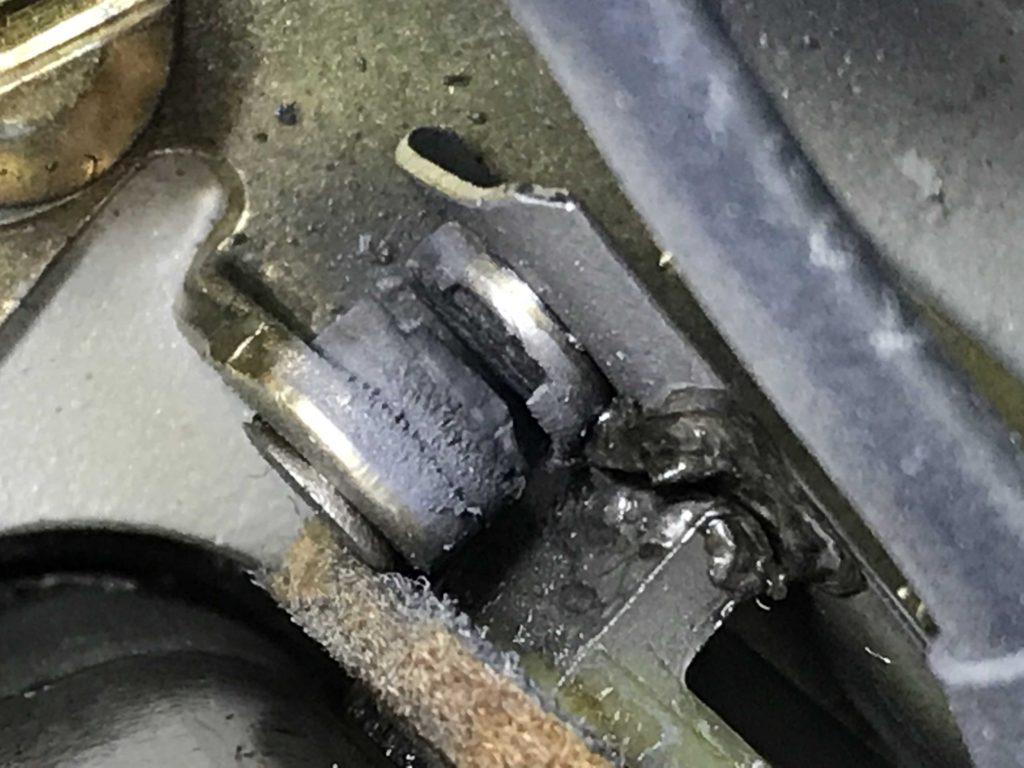

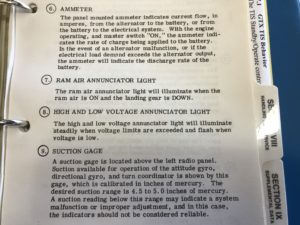
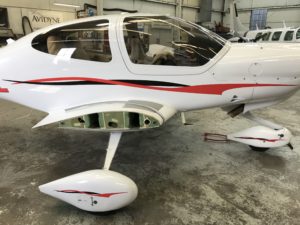

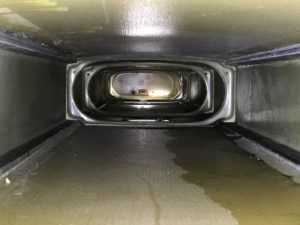


Recent Comments